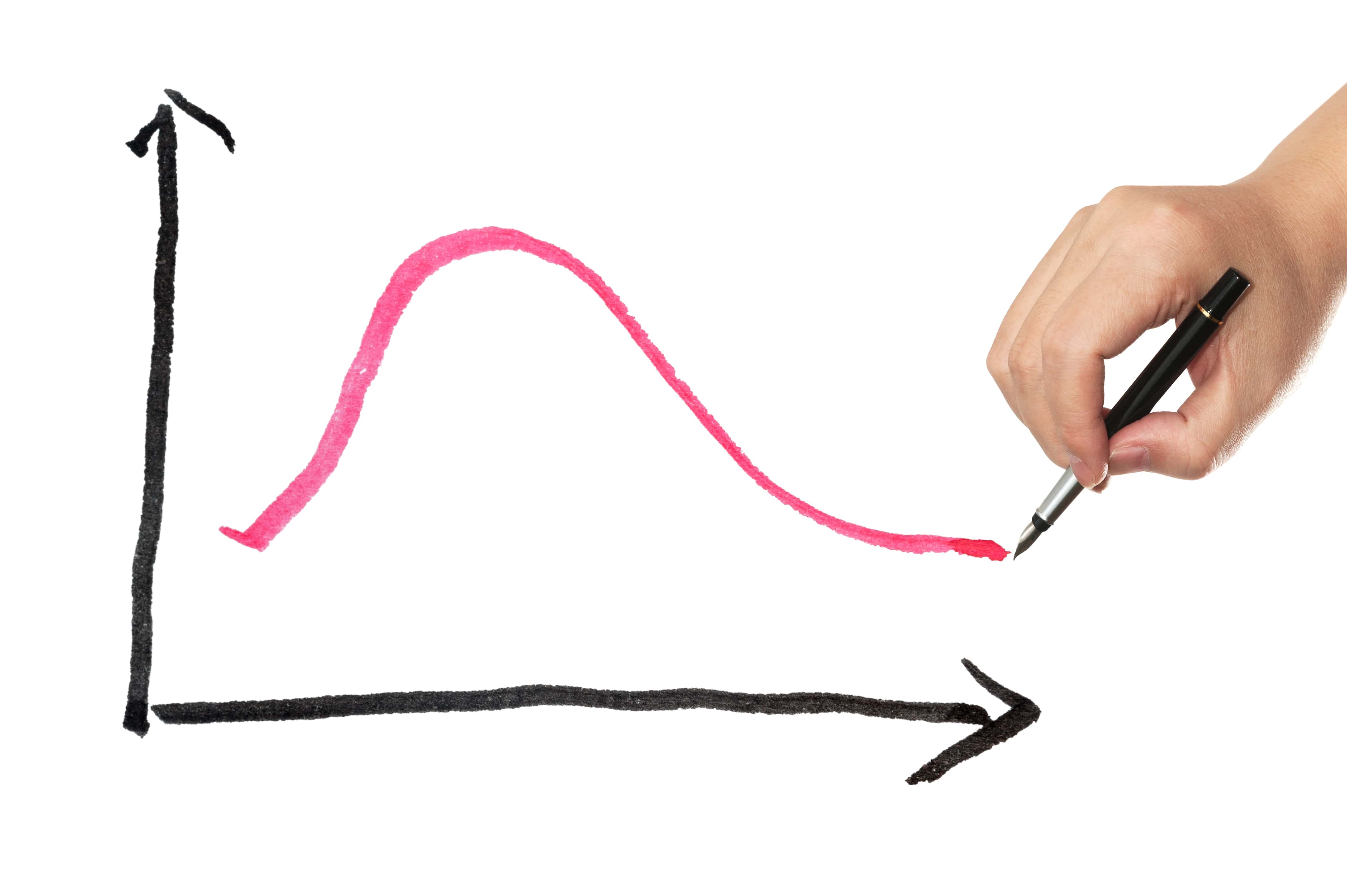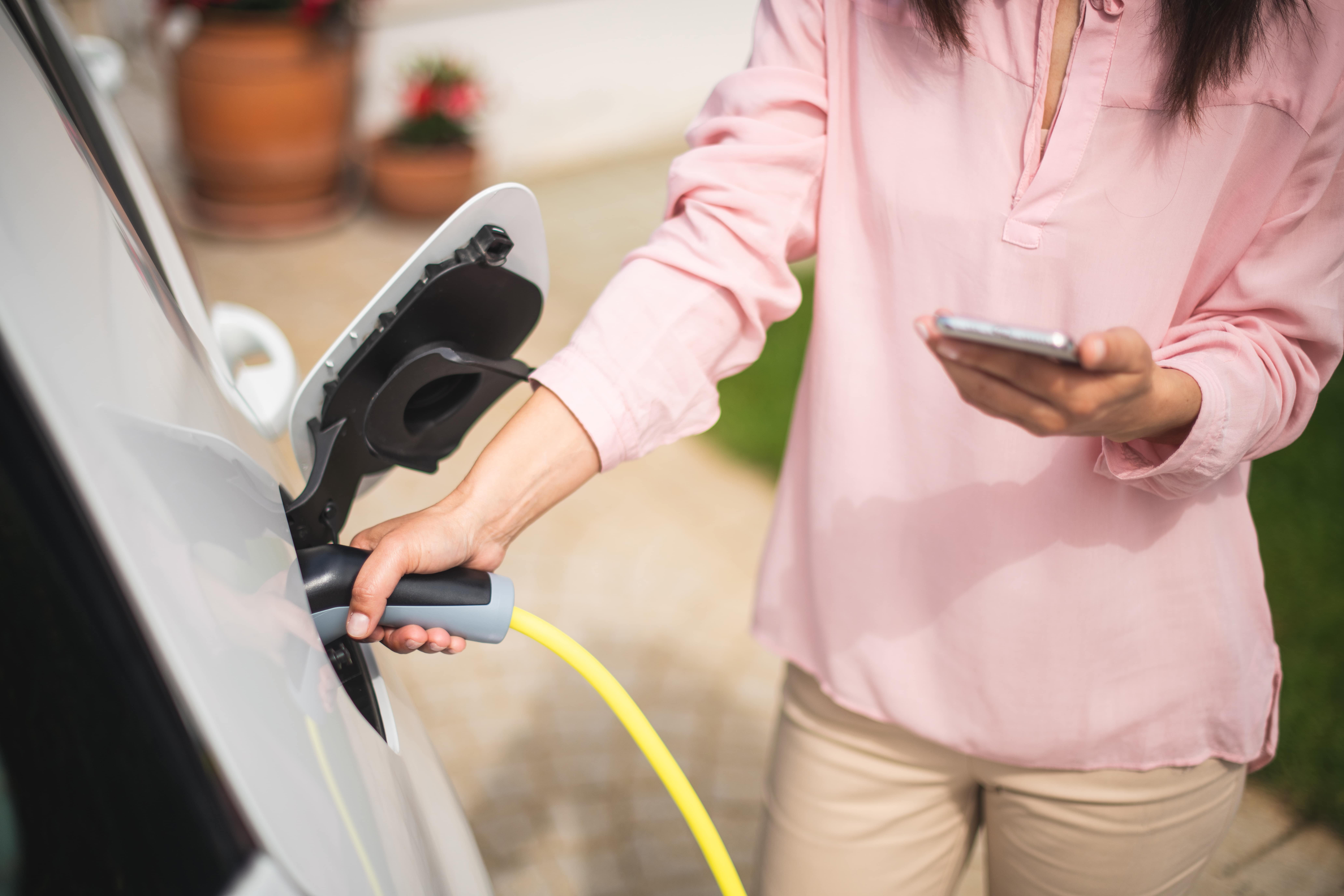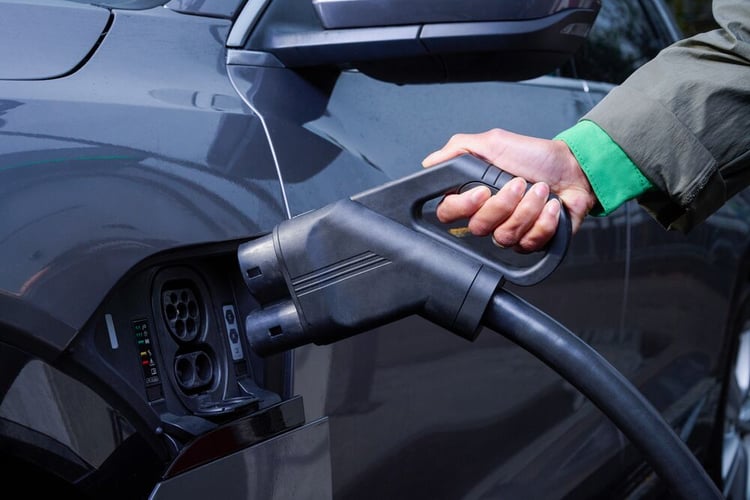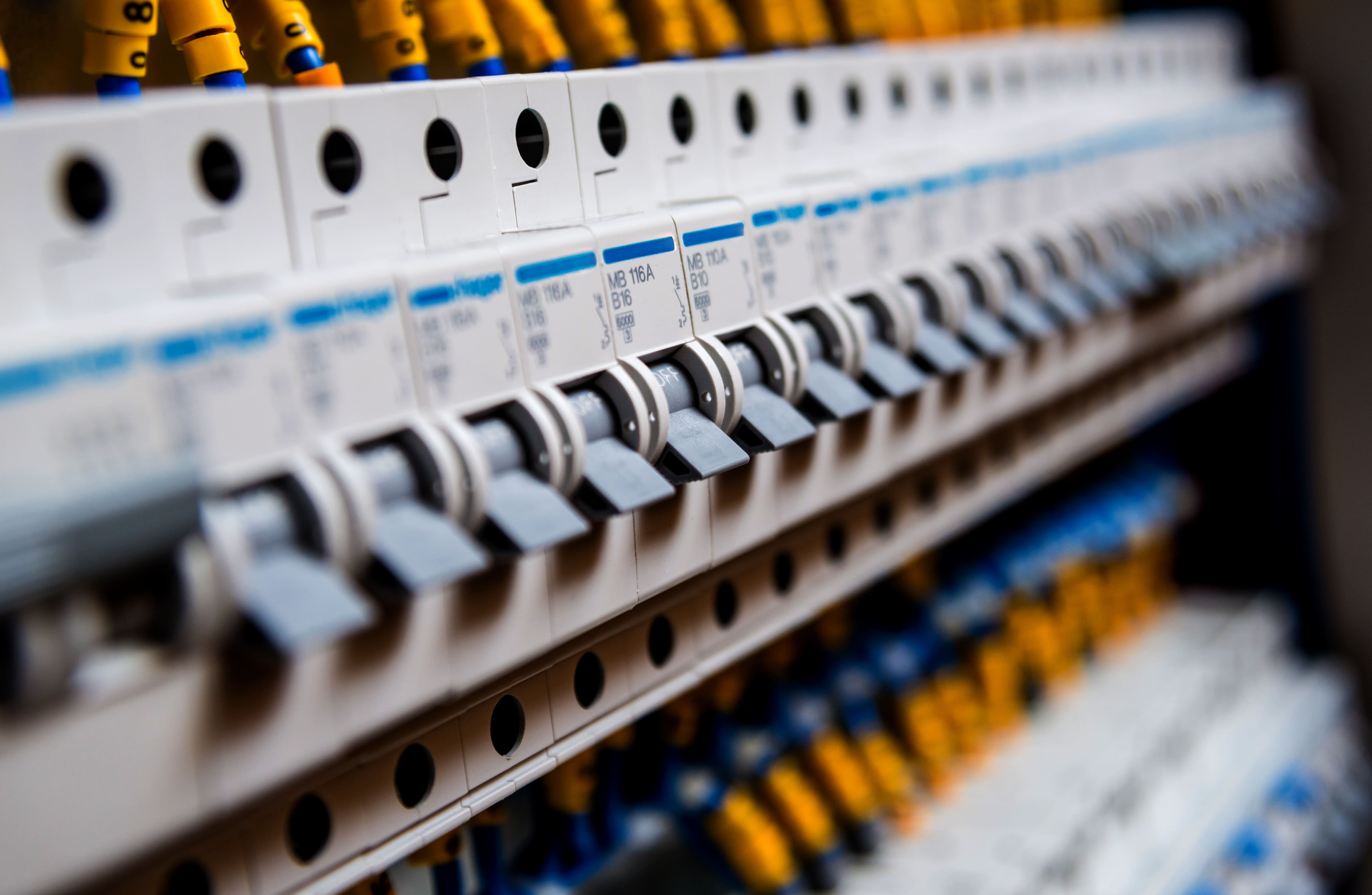
Smart EV home charging: peak shaving explained
As electric vehicle (EV) sales reach record numbers, more people are discovering electric mobility and the flexibility of charging a car whilst it’s parked. Compared to having to go to a petrol station, the ability to start every day with a full battery is appealing to many. Unsurprisingly, our research shows that 65% of current UK EV drivers charge their vehicles at home.
To help streamline energy use and keep costs under control, homeowners are increasingly interested in smart EV charging solutions. One common term that is associated with smart EV charging is peak shaving. However, there is a lot of confusion about what it actually means, and it’s often mistaken as a dynamic load balancing feature.
Let’s start off by stating that peak shaving in itself is not actually a smart EV charging feature. To clear up all the confusion, this article explores what peak shaving is (and what it isn’t).
What is peak shaving?
So wait, if peak shaving isn’t a smart EV charging feature, then what is it?Peak shaving is a well-known term in the energy industry that has existed long before the rise of electric mobility and smart EV charging solutions. The term refers to the process of smoothing out peaks in electricity consumption. Generally speaking, this process is mostly applied by large industrial and commercial power users—typically not by individual households.

The value of peak shaving (in the energy industry)
The reason why peak shaving is valuable comes down to grid design and electricity pricing. To ensure a power grid won’t fail, all its parts must be designed to handle the maximum possible load—even if it only occurs for a few seconds or minutes a day. The higher this peak load, the more expensive the equipment and infrastructure required to handle it.
How does peak shaving work?
To discourage large peaks that would put the power grid under pressure (and require substantial investment into more power infrastructure), energy companies generally charge commercial and industrial users based on their peak energy usage, called demand charges. With this pricing method, businesses pay a peak charge depending on their maximum power load, in addition to the kilowatt-hour price of electricity.

To illustrate this, suppose two businesses both use 15,000 kWh during a billing period. Company A’s demand is mainly concentrated during the day and has 70 kW peaks in demand. Company B’s demand is more evenly distributed, with only 30 kW peaks. Assuming a £5 peak demand charge per kW, company A will pay £350 for its peaks, whilst company B only £150. Despite having the same energy consumption, company A pays £200 more because its use is less balanced with larger peaks, incentivising it to reduce its peak power use to save costs.
Disclaimer: the above calculation is not meant to represent actual price levels, but is purposely simplified to give a clear example of how prices for maximum power loads are dependent on individual peak demands.
How can peak shaving affect individual consumers?
If that sounded unfamiliar to you as an individual or homeowner, that’s because the concept of peak shaving has only really been applicable to businesses and industrial users. Unlike them, consumers generally do not pay demand charges and are only billed for the energy they use per kilowatt.
However, utility companies may still offer different tariffs depending on the time of day and grid usage. For example, consumers can often benefit from cheaper off-peak prices at night when energy demand is lower, enabling considerable savings by shifting power-intensive activities to quieter hours.
But isn’t this peak shaving?
Well, yes. In a way, households can smooth out their peaks. However, the contribution is on a much smaller scale compared to how peak shaving has always been referred to in the energy industry. In terms of EV charging, a way to ‘shave your peaks’ is to schedule the charging session at a time when energy is cheaper, depending on your utility company and location.
For example, you might use a smart charging app to schedule charging sessions at a given time and thus shift peaks in electricity use.

The difference between dynamic load balancing and peak shaving?
A related smart charging feature, which often gets confused and conflated with peak shaving, is dynamic load balancing. The latter automatically distributes the available capacity at a given location between the different appliances and uses and can adjust it to changes in power load.
Whilst dynamic load balancing distributes the amount of energy across different appliances, the maximum available power in your household is distributed to you regardless, for a price you agreed on in your contract with your energy provider. It’s the grid operator’s job to ensure you have access to that energy and that it doesn’t cost them more than you contractually agreed on.
In a nutshell, the maximum power that is available (and the tariff you pay for that power) is always controlled by your grid operator and your home’s electrical infrastructure. The utility company uses peak shaving as a tool to manage the energy loads by incentivising commercial and industrial power users to shift, or reduce, their consumption during certain times, and—when using flexible tariffs—individual households can also be incentivised to do so on a smaller scale.
Peak shaving is not a smart charging feature
To summarise, peak shaving—from a consumer's perspective in regards to charging an electric car—is describing the end user's ability to schedule their EV charging sessions, which may allow them to benefit from different tariffs depending on the time of day.
If you’re looking to find out more about smart charging solutions, or want to better understand energy management in the home, read our comprehensive article about smart EV charging.

Related articles

Is DC fast charging bad for your EV battery?
While there is research that shows that frequent rapid (DC) charging can somewhat degrade the battery quicker than AC...

5 things you didn't know about EV batteries
There’s little doubt that electric mobility is the future. Electric vehicle (EV) sales have skyrocketed in the past few...

Electric car battery weight explained
How much an electric vehicle (EV) battery weighs depends greatly on the vehicle and model. On average, however, EV...
